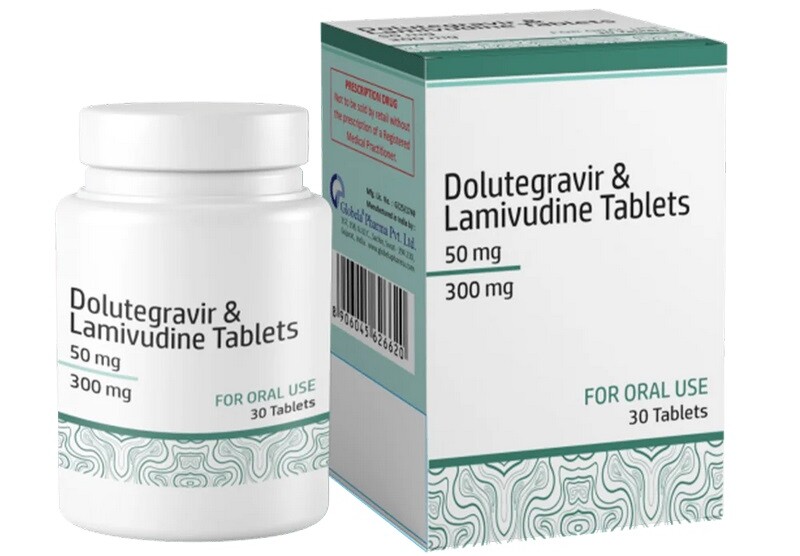World’s Leading HIV Drug Reduces Carbon Emissions By 26 Million Tons in Comparison to Predecessor

A first-of-its-kind report has discovered that altering the ingredients list or manufacturing methods of widely used medication can really cut back on carbon emissions.
They found a reduction of 26 million tons, enough to cancel out the whole carbon footprint of the city of Geneva for a decade. Best of all, it’s already happening, and in fact, is almost done—those emissions were already saved.
The lifesaving HIV treatment dolutegravir (DTG) is used by 24 million people worldwide.
Today, over 110 low and middle-income countries have adopted DTG as the preferred treatment option. Rapid voluntary licensing of the medicine, including its pediatric version, to over a dozen generic manufacturers, significantly drove down prices, and it’s estimated that 1.1 million lives will be saved from HIV/AIDS-related deaths by 2027.
Its predecessor, efavirenz, contained 1200 milligrams of active ingredient across the three active compounds present, while DTG contains 650 milligrams of just one compound. This small difference—literally measurable in single digits of paper clips by weight—was enough to change the carbon emissions footprint of the medication by a factor of 2.6.
The incredible discovery was made in a recent report by Unitaid, a global public-private partnership that invests in new health products and solutions for low and middle-income countries, called Milligrams to Megatons, and is the first published research to compare carbon footprints between commonly used medications.
YOU MAY ALSO LIKE: Overlooked Drug Proven to Be Superior Treatment for Crohn’s Disease–Helping Patients Avoid Surgery
“This magnitude of carbon footprint reduction surpasses many hard-won achievements
of climate mitigation in health and other sectors,” the authors of the report write.
At the rate at which DTG is produced, since it entered into production and treatment regime in 2017, 2.6 million fewer tons of CO2 have entered the atmosphere every year than if efavirenz was still the standard treatment option.
Health Policy Watch reports that the global medical sector’s carbon emissions stand at roughly 5% of the global carbon emissions and are larger than the emissions of many big countries, and 2.5 times as much as aviation.
ALSO CHECK OUT: Inauguration of World’s Largest 2nd Gen. Ethanol Plant Will Cut Emissions by 30% with Sugar Cane
“This report demonstrates that we can achieve significant health improvements while also making strides in reducing carbon emissions. By adopting innovative practices and prioritizing sustainability, we can ensure that medicines like DTG are not only effective but also environmentally responsible,” Vincent Bretin, Director of Unitaid’s Results and Climate Team told Health Policy Watch.
SHARE This Unexpected Win For The Climate And HIV With Your Friends…
>read more at © GoodNews
Views: 2